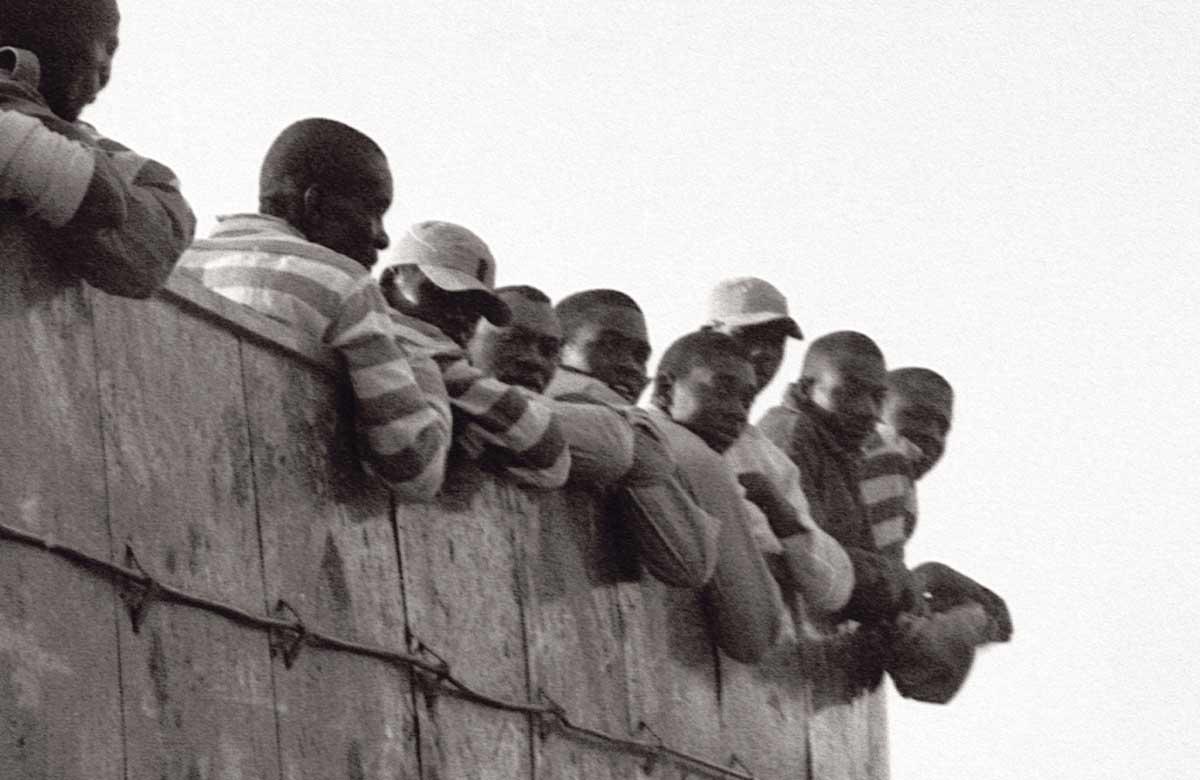Out on Good Behaviour
Mississippi’s governors have had a unique approach to prison labour and prisoner rehabilitation.

In 1972 the New York Times journalist Roy Reed called Parchman prison in the Mississippi Delta a penitentiary with ‘one of the bloodiest and most dispiriting records of all the penal institutions of North America’. In his 1996 history, Worse than Slavery, David Oshinsky explained that, when it was built in 1901, politicians imagined Parchman as a solution to the demise of the convict-lease system, in which poor white and recently freed black southerners were sent to work on private plantations. Mississippi elites knew the controversial system would eventually come to an end; in 1906 the state outlawed it altogether. Parchman, meant to replace it, is a plantation-style prison.







